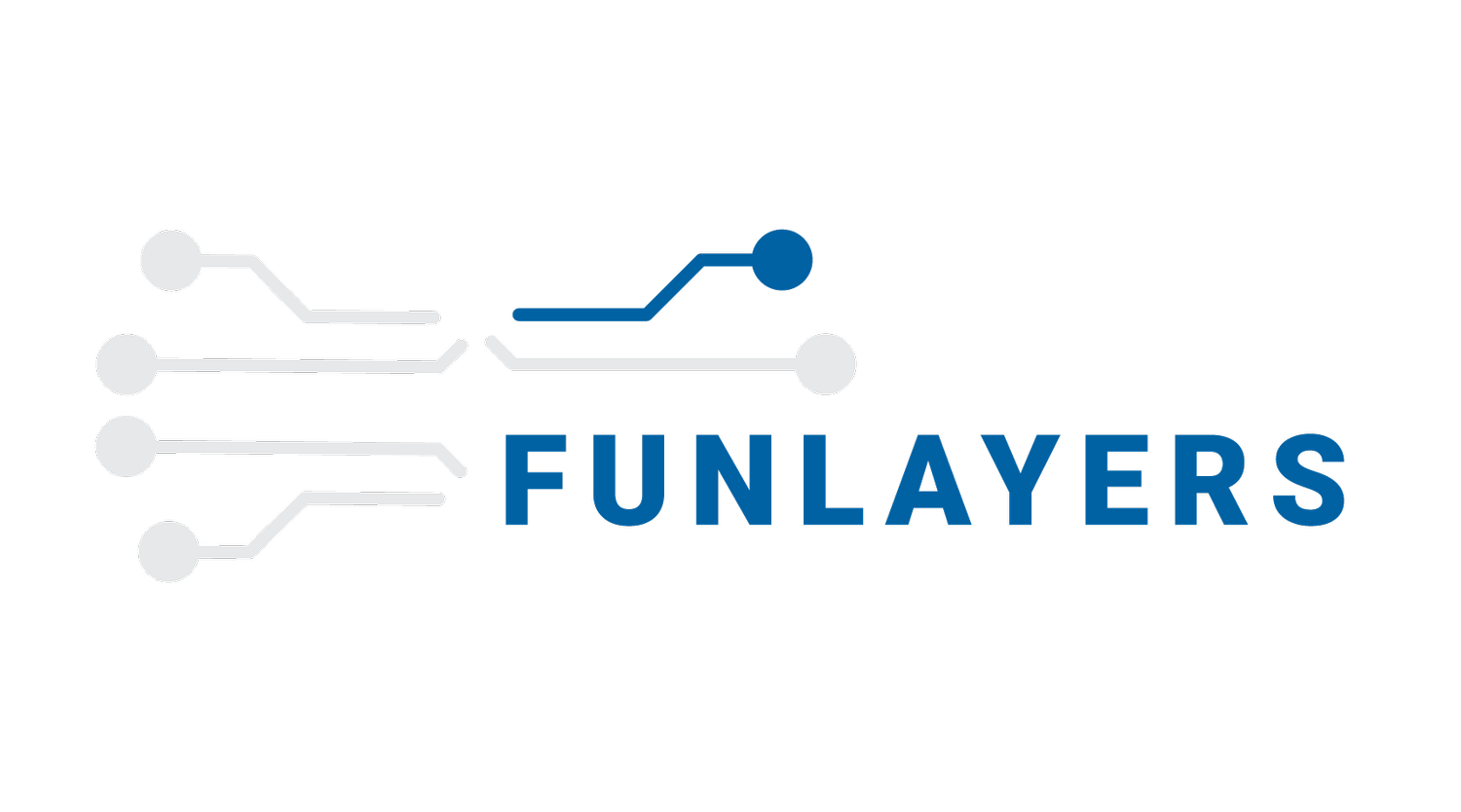Invited speaker
Invited speaker
Juan José Palacios (Full Professor) has an extensive career as a Condensed Matter Physics theoretician, expanding more than 3 decades and having worked on a wide variety of problems at different international institutions such as the Canada Research Council, the Indiana University, and the University of Kentucky, as a postdoctoral researcher, and at the Universidad de Alicante and Instituto de Ciencia de Materiales de Madrid, as a tenure researcher. More recently, he has visited the University of Texas at Austin as a Fulbright scholar. Since 2009, he has worked at the Department of Condensed Matter Physics and the Condensed Matter Physics Institute (IFIMAC) at the Universidad Autónoma de Madrid, where he has taught courses at all levels, supervised 15 PhD students, and is currently supervising five more PhD students. He appears in the top 2% in the Stanford list of most relevant scientists. In the context of computational studies and simulations, one could refer to his pioneering work in molecular electronics through one of the first implementations of quantum transport from first principles, Atomistic NanoTransport (ANT), which is freely distributed (https://github.com/juanjosepalacios/ANT.Gaussian).
He co-founded SIMUNE Atomistics (https://www.simuneatomistics.com), the first company in Spain that offers computational services for material science-related industrial needs. Over the past ten years, his research in molecular electronics has actively continued with novel studies of chirality-induced spin selectivity. It has extended to other fields, such as graphene, two-dimensional crystals, and topological or quantum materials. In this context, to name a few relevant examples, he has published several highly cited papers on the theory of graphene magnetism (over 2500) citations, including the first evidence of hydrogen-induced magnetism in graphene and published in Science (700 citations) and participated in a pioneering publication reporting the existence and the properties of phosphorene, which has received almost 2000 citations to date. His most recent works include studies of the linear and nonlinear optical excitonic response of 2D materials, which are based on a newly developed computational platform (XATU, https://github.com/xatu-code).


